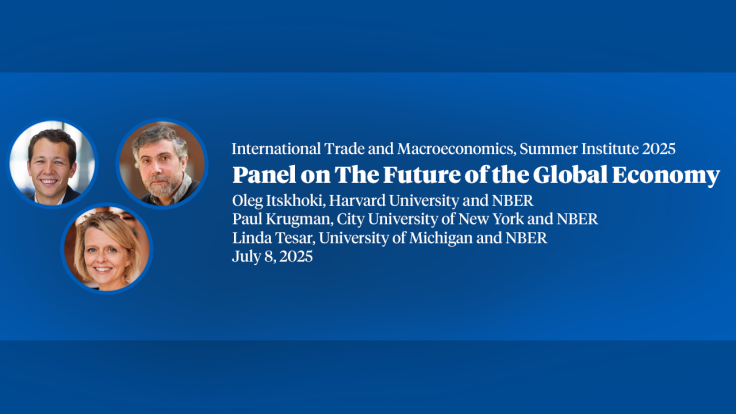Spatial Linkages and the Uneven Effects of a Commodity Boom
We study the uneven effects of a commodity cycle, documenting its impact across workers based on their skill and the region where they live. To this end, we develop a dynamic quantitative model of a multi-region economy featuring spatial linkages (interregional trade and migration) and downward wage rigidity. Empirically, we focus on the experience of Brazil during the commodity boom of the 2000s and subsequent bust of the 2010s. The commodity cycle causes an important decline in the skill premium during the boom, while the extent of downward wage rigidity determines whether it reverts or maintains its decline during the bust. In addition, there is substantial heterogeneity across Brazilian states in the gains from the commodity cycle. Finally, we build counterfactuals to show that both spatial linkages (interregional migration and interregional trade) and downward wage rigidity jointly shape the impact of the commodity cycle on the skill premium, real wages, unemployment, and spatial disparities.
-
-
Copy CitationFelipe Benguria, Felipe Saffie, and Shihangyin Zhang, "Spatial Linkages and the Uneven Effects of a Commodity Boom," NBER Working Paper 33287 (2024), https://doi.org/10.3386/w33287.Download Citation
-


